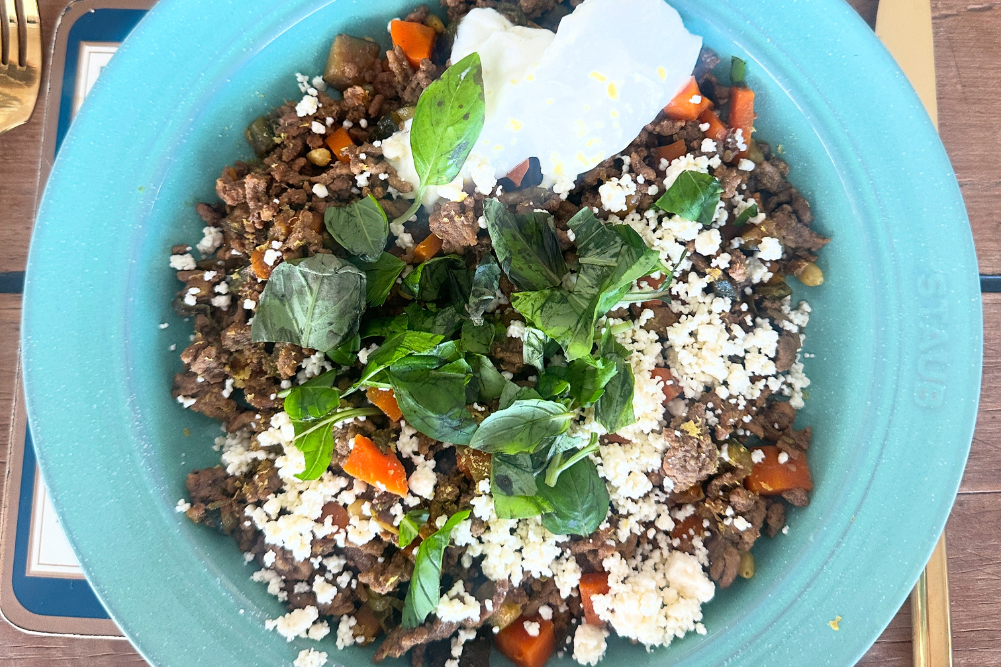Your brain’s response to texture is highly complex
Your sense of touch endows you with amazing sensitivity to different textures. With your touch, you can differentiate elements ranging in size from tens of nanometers to tens of millimetres. You can easily distinguish coarse Hessian cloth from the smooth texture of silk, and also pick up the subtle difference across a wide range of textures. The hand sends signals about textures to the brain using three classes of nerve fibres through two neural codes. Previous study showed that some nerves respond mainly to the spatial elements of the coarse texture such as the raised bumps of a Braille letter when pressed against the skin. Other nerve fibres in the brain and nervous system respond to vibrations created when the skin rubs across fine textures where the features are too small and too close together, like fabric, for it to be encoded spatially.
Some neurons responded to coarse textures while others responded to fine features, certain patterns of indentation in the skin and a number of other combinations in between.
For that previous study, researchers used a rotating drum wrapped in stripes of various coarse and fine textures — like sandpaper, fabrics and plastic. The drum ran the textures against the fingertips of Rhesus macaque monkeys while the researchers recorded the responses in the nerve. Rhesus macaque monkeys have a similar somatosensory system as humans. The researchers recorded responses to 55 different textures. For the new study, researchers recorded the corresponding responses to the same textures directly from the brain, using electrodes implanted into the somatosensory cortex of the monkeys.
The new study found that neurons reacted to different textures in highly idiosyncratic ways. Some neurons responded to coarse textures while others responded to fine features, certain patterns of indentation in the skin and a number of other combinations in between. The researchers identified at least 20 different patterns of response.
The study shows that your sense of touch and how it detects and distinguishes different textures is highly complex and multi-dimensional. This complexity involves some neurons reacting to a different texture more than another and then another overlapping set of neurons reacting to a different texture. Some neurons map onto things we understand like the roughness or the spatial pattern of any texture, but then other neurons react to more abstract things such as the combination of skin vibration and patterns of skin deformation — which is why you have a variety of responses to different textures and a deep sensitivity when you touch various textures.
Source: Proceedings of the National Academy of Sciences








